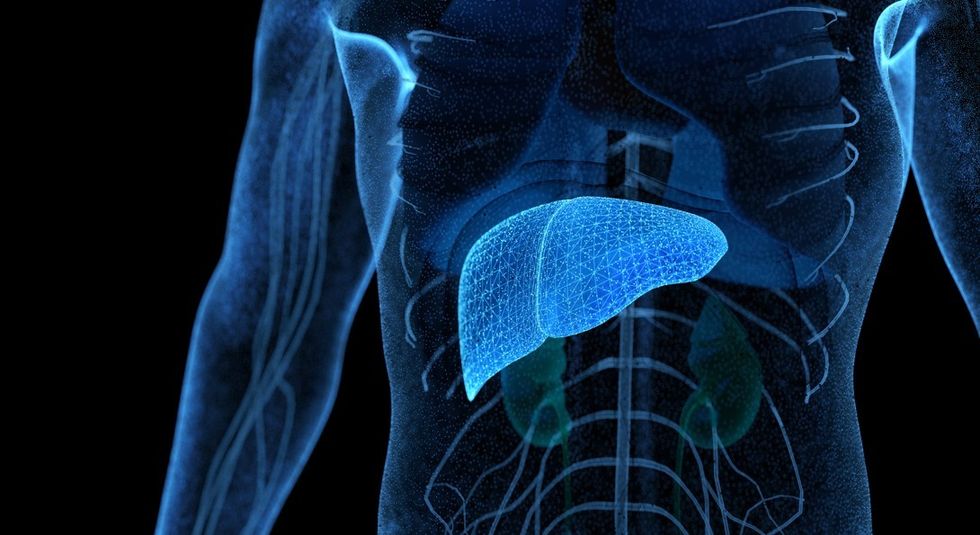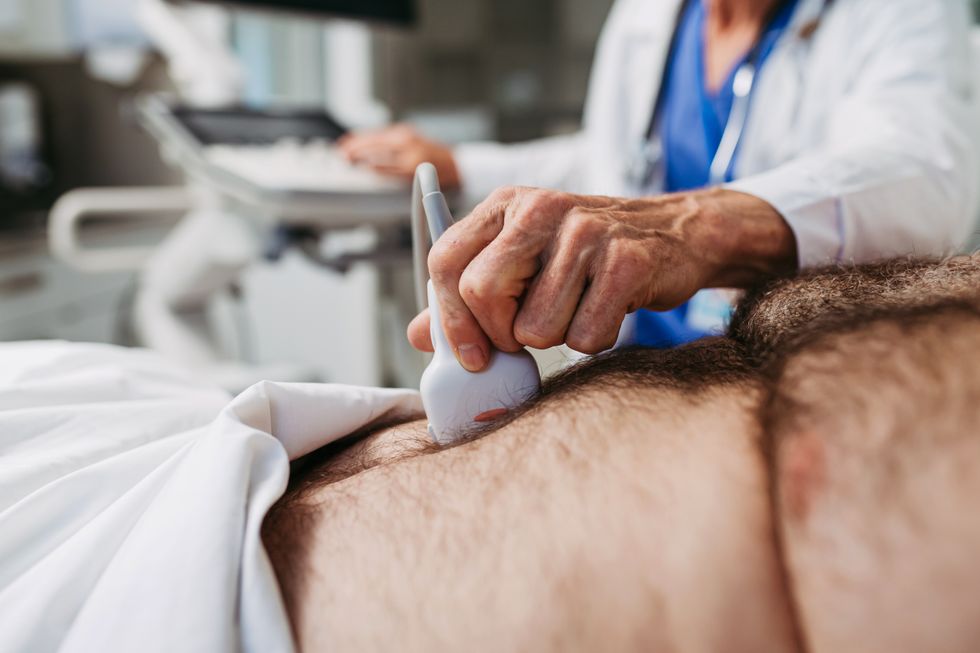Fatty liver disease patient describes symptoms that revealed silent killer as cases soar in UK

A patient's experience highlights how fatty liver disease can suddenly accelerate after years of stability
Don't Miss
Most Read
Non-alcoholic fatty liver disease is predicted to become the leading indicator for liver transplant necessity within the coming years. But the silent condition often goes undetected.
Karl Burrows's journey with the disease spans over four decades. First diagnosed with fatty liver disease in the 1980s, he successfully managed the condition for more than 20 years.
His story illustrates both the manageable nature of early-stage disease and the serious complications that can develop.
Working alongside Dr Dina Halegoua-DeMarzio, who dedicates her practice to preventing liver transplants from fatty liver disease, Karl continues managing his health through lifestyle modifications.

Fatty liver disease can lead to serious complications
| GETTYFor over two decades, Karl kept the disease under control following his initial diagnosis.
His management approach allowed him to maintain relatively stable health throughout this extended period.
"The fact that I was getting pain in my right side a lot, my doctor then performed a liver biopsy," Karl recalled about his original diagnosis. This early detection proved crucial for his long-term management.
The disease remained manageable from the 1980s through the early 2010s. Karl's experience demonstrates that fatty liver disease can remain stable for extended periods with proper monitoring and care.
His case shows the importance of early detection and consistent medical oversight.
Everything changed in 2018 when Karl experienced a significant health decline.
"My main symptom at that time was just tiredness throughout the day, and fogginess. I went to various doctors," he explained.
An MRI revealed devastating news: Karl had progressed to stage 4 NASH cirrhosis, representing a severe form of fatty liver disease. This marked a dramatic shift from his previously stable condition.
The complications continued mounting. In 2019, Karl received another diagnosis: type 2 diabetes.
His experience highlights how fatty liver disease can suddenly accelerate after years of stability.
The progression from manageable condition to advanced cirrhosis demonstrates the unpredictable nature of this disease.
Dr Halegoua-DeMarzio provided crucial insights into the disease's progression. "That's what we're afraid of and trying to prevent.
"When there's fat in the liver, the fat doesn't just sit there. It causes the liver to become inflamed and swell. [Then] the liver starts to lay down scar tissue," she explained.
She emphasised the metabolic connection, stating: "We often called fatty liver 'diabetes in the liver'.
"Even if you don't have diabetes yet, having fatty liver can mean that you're at risk of having diabetes in the future."
LATEST DEVELOPMENTS:

Early detection and consistent medical oversight are crucial in fatty liver disease
| GETTYHer treatment recommendation is straightforward. "The most important thing you can do is change your lifestyle.
"This is a disease that causes a metabolic imbalance in our bodies. So if you can correct that balance by increasing your exercise, and the recommendation would be about 30 minutes a day, there have been studies with just exercise alone, you can reverse fatty liver."
The British Liver Trust released data earlier this year highlighting that the rise in deaths per 100,000 population has risen even more sharply since the COVID-19 pandemic.
Mortality rates from liver disease have risen by more than 400 per cent in the past 50 years, in stark contrast to falling deaths from other major illnesses such as cancer and diabetes, figures show.










